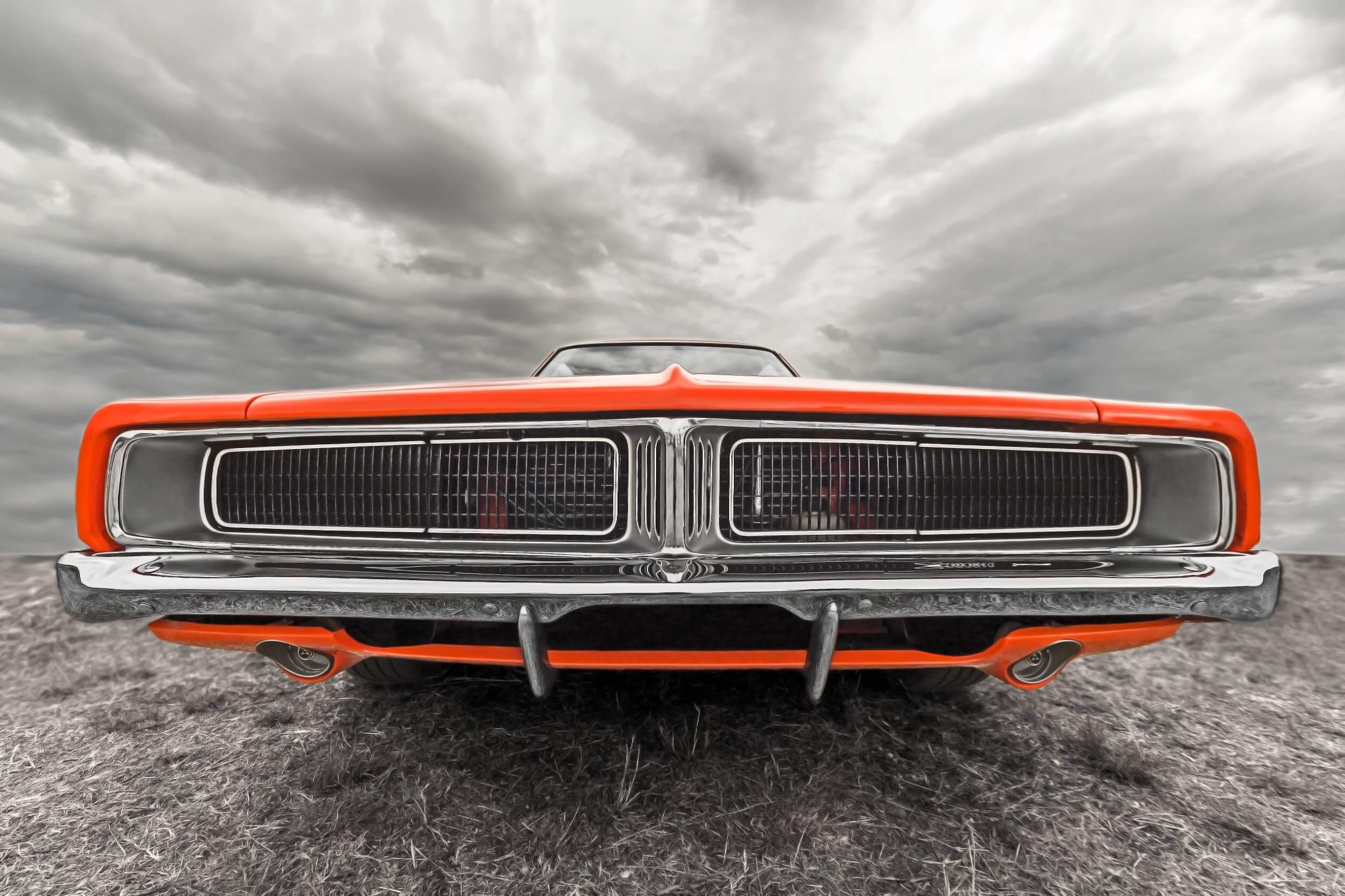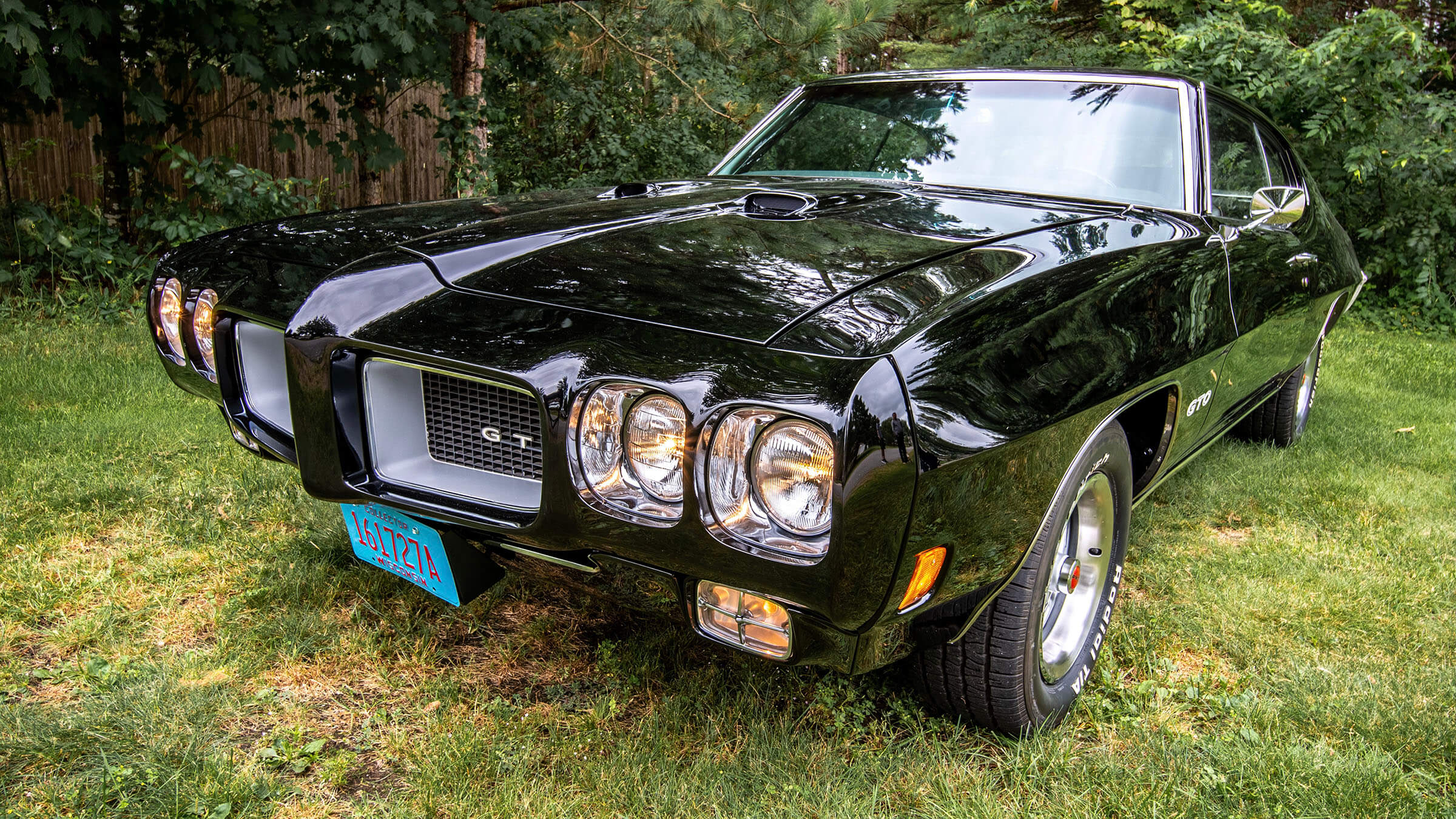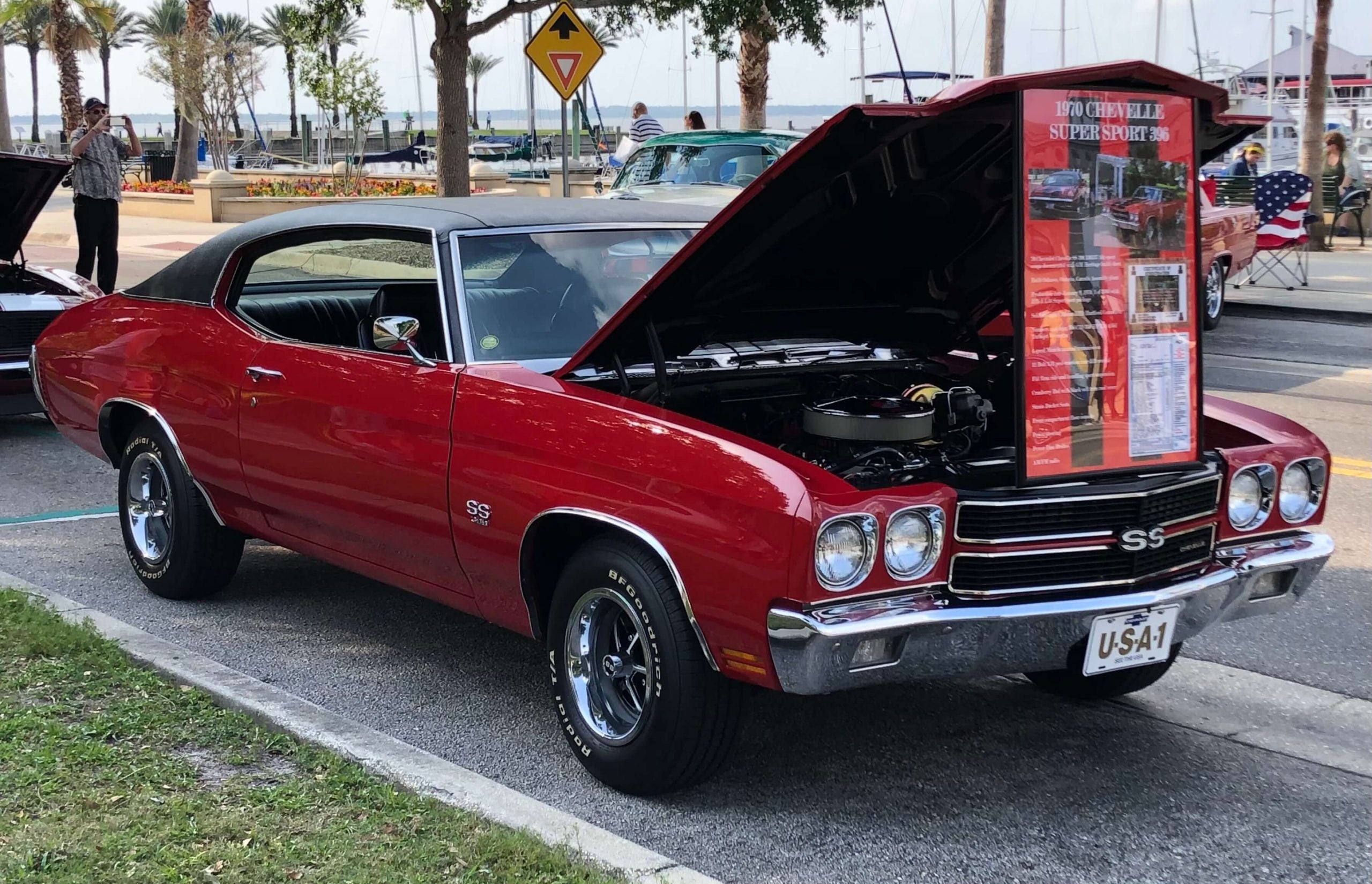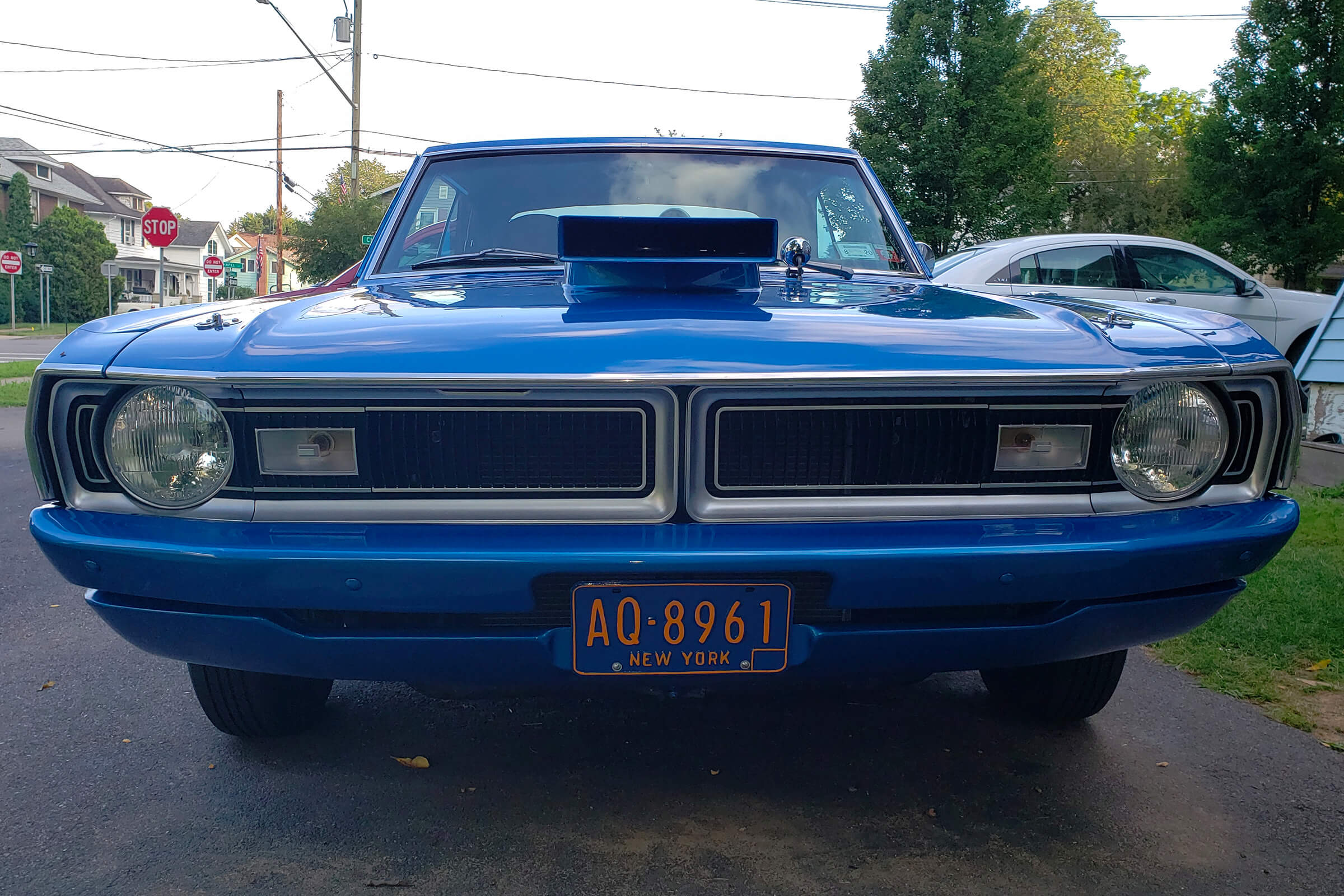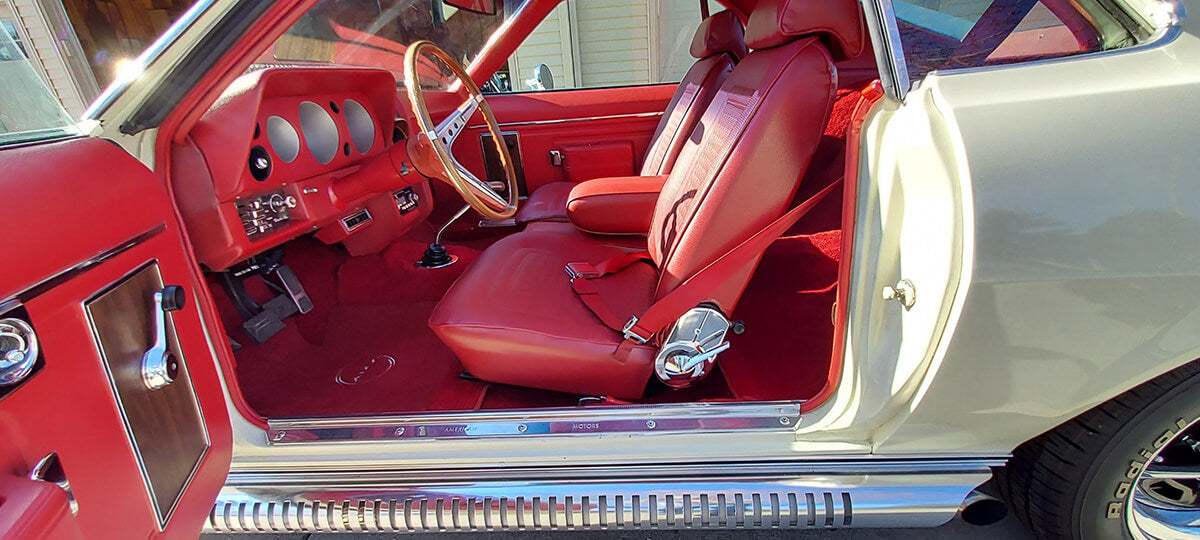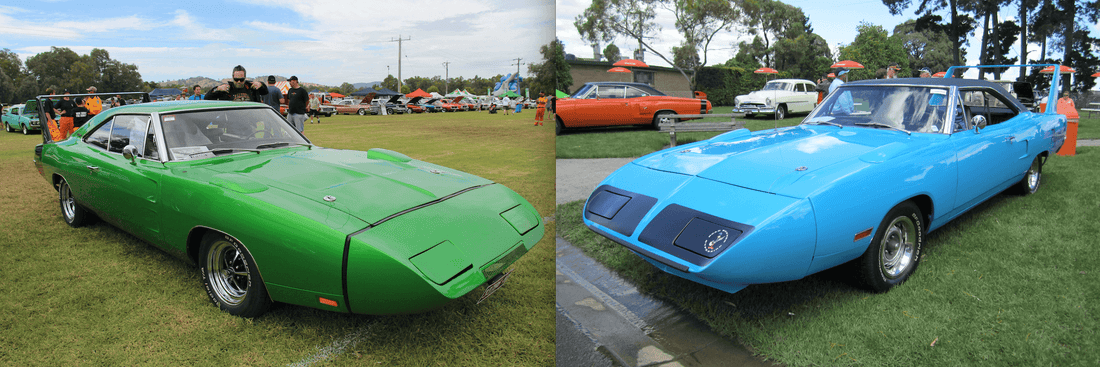If you’re that driver who suddenly perks up when someone pulls alongside you at a stop light, alertly grips the wheel at ten and two, and mutters a barely audible “Gentlemen, start your engines,” then what better car to restore than one that was designed and created specifically for racing? Both the 1969-70 Dodge Charger Daytona and the 1970 Plymouth Superbird fit that bill. In the 1960s, aerodynamics was quickly becoming a key factor for success in stock car racing. After routinely being embarrassed by newer, sleeker models like the Ford Torino, Chrysler got to work updating its stock car line for 1969 racing season. The result was two models that would go on to win 14 NASCAR races over the next two years.
How Did the “Daytona vs. Superbird” Start?
It started in 1969 with the Dodge Charger Daytona. Outfitted with the renowned Dodge 426 Hemi, the Daytona introduced all of the power of the Charger to the racing track. Its aerodynamic design allowed Buddy Baker to be first driver to break the 200 mph barrier, posting a speed of 200.447 mph in his Daytona during a test run on March 24, 1970 at Talladega. In response, Richard Petty threatened to break off from Plymouth if it was unable to produce him his own winged car. As a result, 1970 saw the birth of the Plymouth Superbird.
Shop Parts and Products
Daytona and Superbird Similarities
The Daytona and the Superbird share many similarities, such as:
-
Manufacturer: Both were produced by Chrysler using the brand’s B platform body style.
-
Design: Both introduced a revolutionary design concept of incorporating an aluminum nosecone to reduce drag and a raised spoiler to offer high speed downforce.
-
Fate: Both models enjoyed brief runs at the top of stock car racing, as their success contributed to NASCAR changing the rules to ban aero cars after the 1970 season.
Daytona and Superbird Differences
There are also marked differences between the two.
-
Nosecone: Plymouth designers weren’t fans of the Daytona’s nosecone, so they made a few minor adjustments to it. This required leaning back the wing spoiler slightly more.
-
Speed: Daytona is the faster car. The Plymouth's nosecone design increased drag enough to make it noticeably slower than the Daytona.
-
Availability: Superbirds tend to be much more widely available than Daytonas. NASCAR rules only required 500 vehicles to be sold in order to qualify as a stock car at the time of the Daytona’s production (503 were made in all). Rule changes in 1970 required Plymouth to manufacture 1,920 Superbirds to qualify for that year’s racing season.
-
Year: Daytonas were made in 1969. Superbirds are one year newer, made in 1970.
The good news is that when it comes to deciding between a 1969-70 Dodge Charger Daytona or a 1970 Plymouth Superbird to restore, there is no right or wrong answer. Both cars will look absolutely awesome once restored, and both will demand a high resale value.
Shop Parts and Products

